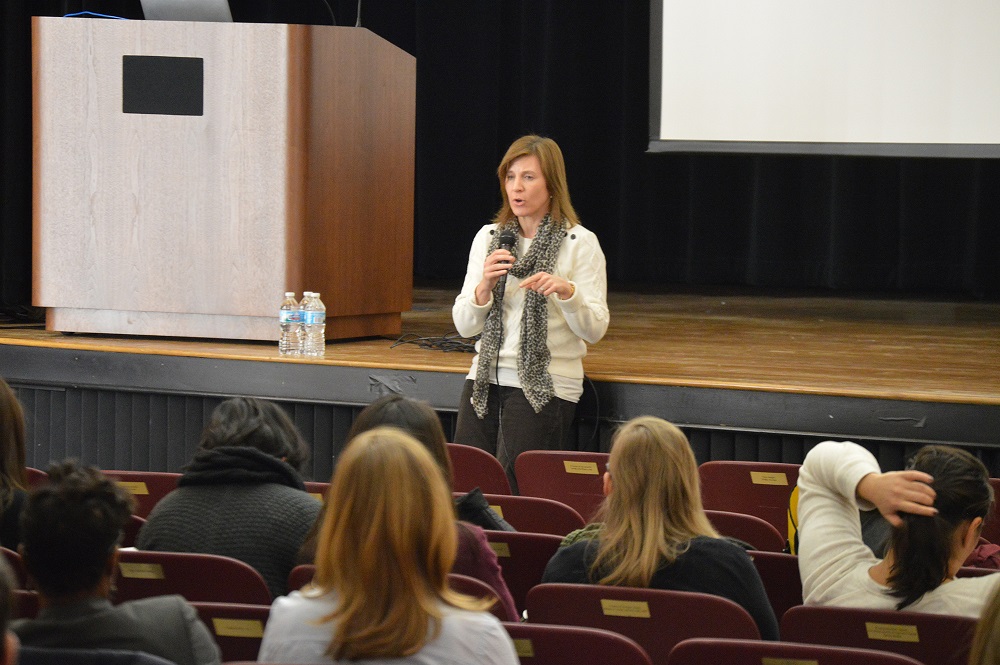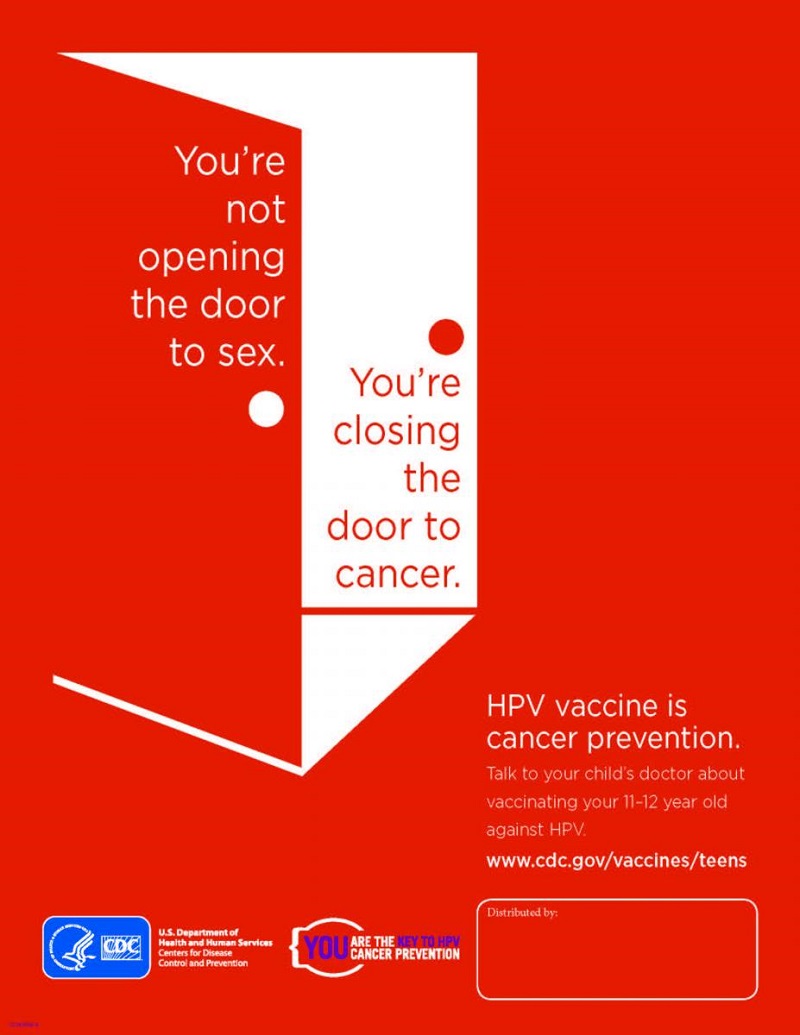Monthly Archives: February, 2016
WOMEN’S PELVIC HEALTH 101 Heading link
Posted: February 23rd 2016
As women, sometimes it feels like the only time we acknowledge our pelvic region is when we’re talking about having babies. But how much do we really know about our pelvic health; about what is going on “below our belts”?
If you’re like me and many other American women, the answer probably is “not much”. Pelvic health gets a bad rap because it’s at the center of stigmatized topics like elimination (pooping and peeing), sexual health, and reproduction. Stigma makes us uncomfortable and when we’re uncomfortable we tend to avoid whatever it was that made us feel that way. Unfortunately, however, not talking about a critical part of our health leaves us in the dark about our bodies and this lack of knowledge can negatively impact our well-being and prevent us from seeking the support and information we need.
One person who isn’t afraid to talk about women’s pelvic health is Missy Lavender and the wonderful team at the Women’s Health Foundation (WHF). WHF is a non-profit organization committed to improving women’s pelvic health and wellness by driving cutting edge research initiatives, developing and offering community based education and fitness programs, fostering conversation and creating communities for women, serving as a national resource on pelvic wellness issues. Their goal is to turn the conversation of pelvic health from a sisterhood of silence to a sisterhood of strength where women feel connected to their bodies and are empowered to live fuller, richer lives. WHF is Chicago-based but are currently leading the charge nationally on women’s pelvic health and wellness. They host educational events, wrote a pelvic health book for teenage girls (Below Your Belt: How to be Queen of Your Pelvic Region), update an amazing community blog with tons of pelvic health information and news, in addition to countless other efforts and initiatives. Their website is a goldmine for all things pelvic health. After spending a lot of time with the Below Your Belt book and WHF resources, we’ve compiled a list of some pelvic health basics to get you familiar with what’s going on “below your belt”:
- Our pelvic region includes our pelvic bones, pelvic floor, abdominal and back muscles, and digestive, elimination, and reproductive organs. All of these muscles, bones, and organs are essential for physical and reproductive wellness, sexual satisfaction, and healthy digestion.1
- Proper peeing behaviors can keep your bladder, vagina, and pelvic floor healthier for longer. Here are some important reminders:
- Always wipe from front to back to prevent spreading bacteria. 1
- For optimal elimination (pooping/peeing), it is important to relax your pelvic floor muscles, so when you go to the bathroom, make sure you sit all the way down. 1
- Rocking from side to side on your tailbone will help relax your pelvic floor and empty all the urine from your bladder. 1
- Only go to the bathroom when you really have to go1
- Always drink plenty of water. 1
- There are a lot of different things that influence our pooping behavior. Here are some tips to help keep you ‘regular’:
- Eating fiber helps with healthy digestion. A good rule of thumb for how many grams of fiber to get each day is: 10 grams of fiber your age = # grams of fiber you should eat per day. 1
- Squatting or using a Squatty Potty is the optimal position for pooping because the squatting position is known to relax the pelvic floor, therefore requiring less pressure and strain and making elimination easier. 1
- Body movement = bowel movement. 1 Increased physical activity is known to increase regularity.
- Always drink plenty of water1
- When it comes to feminine hygiene, avoid vagina spray. 1 Your vagina is like a self-cleaning oven, so all you need to keep things clean is some warm water.1
This post only covers a small amount of what pelvic health is, but we hope it sparks your interest in this essential subject. To learn more about the WHF and pelvic health check out the WHF website and community blog.
Website: http://womenshealthfoundation.org
Community Blog: http://womenshealthfoundation.org/category/blog/
If you’re interested in teaching your daughter, sister, cousins, or anyone you love about pelvic health, be sure to check out the Below Your Belt book.
http://womenshealthfoundation.org/below-your-belt/
If you’re interested in the Squatty Potty or purchasing a Squatty Potty, check out their website:
Written by Michelle Chavdar, Research Assistant and UIC MPH Candidate
________________
References
1Lavender, M., & Donatelli Ihm, J. (2015). In Elizabeth Wood (Ed.), Below your belt: How to be queen of your pelvic region. Chicago, IL: Women’s Health Foundation.
SOMEONE YOU LOVE: THE HPV EPIDEMIC RE-CAP Heading link
Posted: February 8th 2016
On Wednesday, January 27th the Public Health Student Association, EverThrive Illinois, and EverThrive Illinois Vaccination Initiative hosted a movie screening to honor Cervical Health Awareness month. The CoE in MCH wanted to re-cap this enlightening event in case you weren’t able to join us.
Someone You Love: The HPV Epidemic is a documentary that shares the stories of five women who were diagnosed with cervical cancer. Each of the women share their unique struggles and triumphs with the disease and offer narratives through which the audience is able to understand the lived experience of individuals with cervical cancer. The film also does an excellent job weaving education about HPV and cervical cancer throughout the story leaving the audience more knowledgeable and informed.
HPV can be a somewhat confusing virus to understand. While the movie did an excellent job educating about the virus, unanswered questions still remained. Following the screening, there was a question and answer session with Dr. Rachel Caskey, MD; Associate Professor of Internal Medicine and Pediatrics at UIC. Audience members were provided a safe space to ask questions related to HPV and cervical cancer. Here are some important take-aways:
- HPV, or human papilloma virus, is a group of over 120 related viruses that are spread by skin to skin contact. Each group is classified as a given number based on the type of disease the type may cause.
- Men and women can contract and transmit HPV.
- While sexual intercourse is a very efficient mode of transmission for the virus, HPV can be transmitted by any skin to skin contact.
- HPV is a life course disease, meaning that men and women are at risk for the virus all throughout the course of their lives.
- It is estimated that about 80% of adults will contract at least one type of genital HPV by the time they are 50.
- Some types of HPV can lead to cancer. Cervical cancer is the most common, but HPV is also linked to anal, penile, head and neck cancers.
- HPV screenings and tests are available for women as a pap screening and HPV test.
- The HPV vaccine is available for males and females and is covered by all healthinsurance for individuals 9-26-years of age. The HPV vaccines targets the types of HPV most linked to cervical cancers. The vaccine is administered in three doses over a 6-month period.
- The HPV vaccine is most effective when delivered at a young age (about 11-12 years).
Dr. Caskey Heading link

On a local level, the fight for HPV vaccination is being strongly supported by EverThrive Illinois. For those who might not know about EverThrive Illinois, EverThrive was formerly known as the Maternal and Child Health Bureau of Illinois. EverThrive Illinois is a non profit located in Chicago that works to improve the health of women, children, and families over the lifespan through community engagement, partnerships, policy analysis, education, and advocacy. Their main areas of focus include child and adolescent health, maternal and infant mortality, healthy lifestyle, health reform, and of course immunization. I had the chance to connect with Kelly McKenna, Manager of EverThrive’s Immunization Initiative, to learn more about HPV immunization efforts in Chicago. Kelly shared that EverThrive’s Immunization Initiative is tackling immunization efforts from all directions. They participate in grassroots style outreach, offer technical assistance and training, provide both in person and webinar trainings for individuals involved in the medical field, analyze immunization policies to support and propose new policies, and coordinate stakeholder meetings to have conversations about how to advance vaccination efforts. Kelly considers EverThrive Illinois Immunization Initiative a small piece of a collaborative effort.
EverThrive Heading link

EverThrive in partnership with the Chicago Health Department and other key stakeholders were able to collaborate in the successful launching of a full scale HPV prevention campaign including marketing efforts, policy changes, and outreach efforts in the city of Chicago. Kelly shared that HPV immunization rates in the city have increased since the advocacy efforts took place. Kelly discussed that the success of the efforts here in Chicago are a motivator to enact similar efforts for the entire state. To make marketing as convenient, consistent, and as accurate as possible, EverThrive Illinois has made a free HPV marketing and outreach toolkit available on their website. Kelly said the most important thing EverThrive’s Immunization Initiative wants the public to know is that the HPV vaccination is a cancer vaccine and by increasing successful immunizations, we are reducing our population’s risk of getting cancer.
cervical health Heading link

For more information about advocating for cervical health check out our earlier post: http://www.coeinmch.uic.edu/4-ways-to-celebrate-our-cervical-health-all-year-long/
To learn more, check out the following resources:
- HPV: http://www.cdc.gov/hpv/; http://www.everthriveil.org/resources/hpv-resources
- Someone You Love: The HPV Epidemic: http://www.hpvepidemic.com/
- EverThrive Illinois: http://www.everthriveil.org/
- EverThrive Illinois Vaccination Initiative: http://www.everthriveil.org/initiatives/immunization
- EverThrive Illinois Vaccination Initiative HPV Marketing Toolkit: http://www.everthriveil.org/resources/hpv-social-media-toolkit
Photo/image credit & courtesy of Katelyn Talsma, Communications Coordinator at EverThrive Illinois and EverThrive Illinois Vaccination Initiative.
Written by Michelle Chavdar, Research Assistant and UIC MPH Candidate